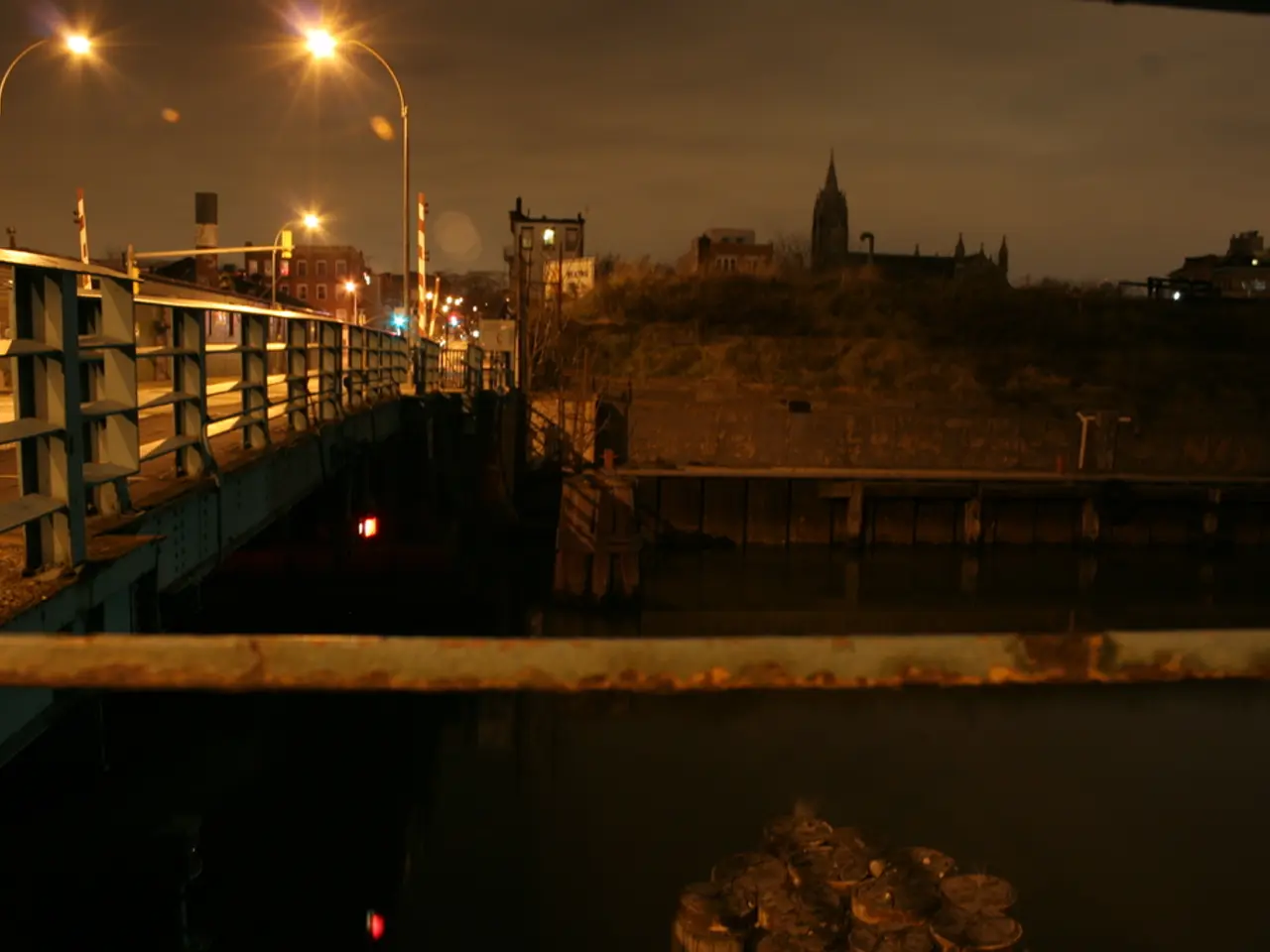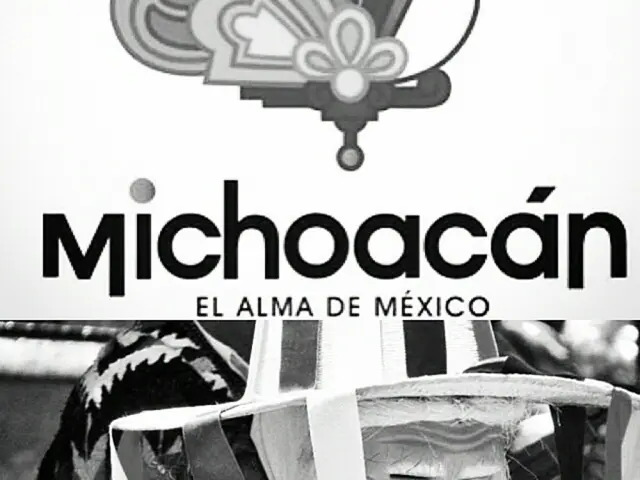Commemorating the impact: A look back at the costs incurred
In the 19th and early 20th centuries, tolls in Quebec primarily focused on bridges, such as the Marchand Covered Bridge, one of the oldest and longest covered bridges in the province. These toll bridges, often built by private companies or local governments, helped fund maintenance and construction costs.
As Quebec developed its Autoroute (freeway) network from the 1960s onwards, tolling expanded to highways. The province adopted tolls on some key autoroutes and bridges integrated into these highways to finance infrastructure and control traffic. For example, major crossings like the Champlain Bridge and Louis-Hippolyte Lafontaine Bridge-Tunnel had tolls for decades before many tolls were removed.
This trend mirrors Canadian trends toward tolling key high-cost infrastructure and gradually expanding tolling onto highway networks. The Confederation Bridge, although not in Quebec, opened in 1997 as a toll bridge replacing a ferry service.
Footpaths, on the other hand, have been generally toll-free, as tolls were impractical and uncommon for pedestrian routes. Tolls were primarily reserved for vehicular bridges and roadways.
The Jacques-Cartier, Victoria, and Champlain bridges are notable examples of this evolution. These bridges were built with public funds but also had toll booths at some point in their history. The tolls on these bridges played a significant role in their development.
Private entrepreneurs built and charged tolls for many bridges during this time period. Tolls were also applied to cyclists, pedestrians, animal-drawn vehicles, and even livestock on certain bridges during the late 18th century to mid-20th century.
Highway 15 (Autoroute des Laurentides) had multiple toll booths at some point in its history. Tolls were also used on streets in Montreal, such as Côte-des-Neiges Road and Côte-Sainte-Catherine Road.
The history of the Jacques-Cartier, Victoria, and Champlain bridges shows that they were initially funded through tolls. This era of paid transportation on these bridges is significant in Quebec's history.
While the exact timeline of toll removal or current toll policies in Quebec is not fully detailed, the pattern matches the well-documented shift from bridge tolls to larger road infrastructure tolls seen across Canada.
In the evolution of Quebec's transportation system, tolls were applied not only to bridges but also extended to highways, such as Highway 15 (Autoroute des Laurentides). Similarly, the sports and finance industries saw the impact of tolls during this period, as private entrepreneurs invested in these toll bridges to generate revenue, which was used to fund maintenance, construction, and expansion of infrastructure. For instance, the Jacques-Cartier, Victoria, and Champlain bridges, while primarily funded through public funds, also had toll booths at some point in their history, contributing significantly to their development.





